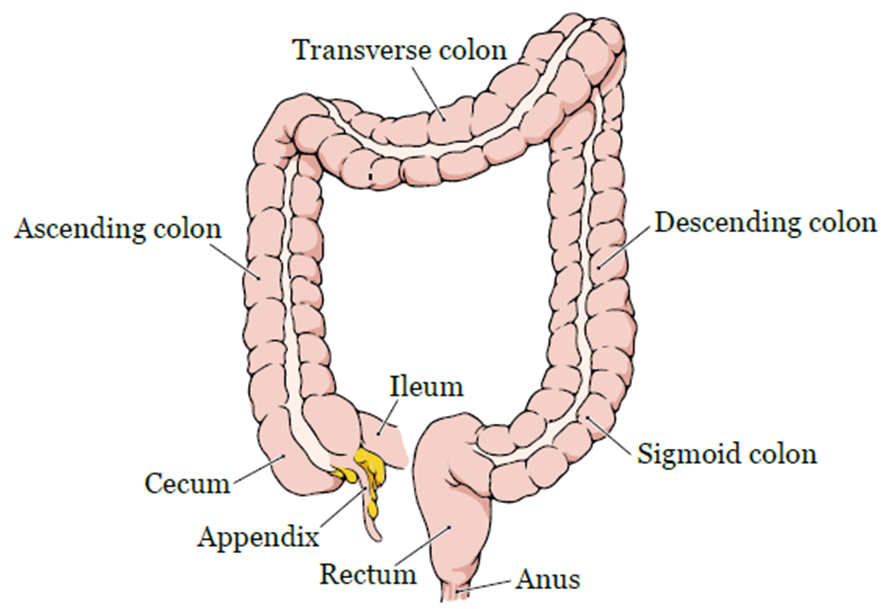A nurse is monitoring the urinary output of a client who had a colon resection. Which 24-hour output total indicates oliguria?
380 mL
550 mL
600 mL
720 mL
The Correct Answer is A
Choice A Reason:
A 24-hour urinary output of 380 mL indicates oliguria. Oliguria is defined as a urine output of less than 400-500 mL per day in adults. This condition can be caused by various factors, including dehydration, kidney dysfunction, or postoperative complications. Monitoring urine output is crucial for assessing kidney function and overall fluid balance, especially after major surgeries like a colon resection.

Choice B Reason:
A 24-hour urinary output of 550 mL is slightly above the threshold for oliguria. While it is still relatively low, it does not meet the strict criteria for oliguria, which is typically defined as less than 400-500 mL per day. This output suggests that the client is producing an adequate amount of urine, though it may still warrant close monitoring to ensure it does not decrease further.
Choice C Reason:
A 24-hour urinary output of 600 mL is within the normal range and does not indicate oliguria. Normal urine output for adults is generally considered to be around 800-2000 mL per day, depending on fluid intake and other factors. This output suggests that the client’s kidneys are functioning properly and that there is no immediate concern for oliguria.
Choice D Reason:
A 24-hour urinary output of 720 mL is also within the normal range and does not indicate oliguria. This output is closer to the lower end of the normal range but still suggests adequate kidney function. It is important to continue monitoring the client’s urine output to ensure it remains within a healthy range, especially after surgery.
Nursing Test Bank
Naxlex Comprehensive Predictor Exams
Related Questions
Correct Answer is ["C","D","E"]
Explanation
Choice A Reason:
Providing a bed bath is a task that can be delegated to unlicensed assistive personnel (UAP). This task is routine and does not require clinical judgment or advanced nursing skills. UAPs are trained to perform basic care activities such as bathing, which helps maintain the client’s hygiene and comfort.
Choice B Reason:
Assisting in toileting is another task that can be delegated to UAPs. This task involves helping clients with their toileting needs, which is within the scope of practice for UAPs. It does not require the clinical judgment or assessment skills that are reserved for licensed nurses.
Choice C Reason:
Evaluating the effectiveness of a treatment is a task that cannot be delegated to UAPs. This task requires clinical judgment and the ability to assess the client’s response to treatment, which are responsibilities of licensed nurses. Only licensed nurses have the training and expertise to evaluate treatment outcomes and make necessary adjustments.
Choice D Reason:
Assessment of a stoma is a task that cannot be delegated to UAPs. Assessing a stoma involves evaluating its appearance, function, and any signs of complications, which requires clinical judgment and expertise. This task is within the scope of practice for licensed nurses, who are trained to perform comprehensive assessments.
Choice E Reason:
Discharge teaching is a task that cannot be delegated to UAPs. Discharge teaching involves providing clients with important information about their care after leaving the healthcare facility, including medication instructions, follow-up appointments, and lifestyle modifications. This task requires clinical knowledge and the ability to educate clients effectively, which are responsibilities of licensed nurses.
Correct Answer is ["A","D"]
Explanation
Choice A Reason:
Date of birth is an acceptable client identifier. The Joint Commission specifies that using the date of birth helps ensure accurate identification of the client. This identifier is unique to each individual and is less likely to be duplicated.
Choice B Reason:
Photograph identification is not typically listed as an acceptable identifier by the Joint Commission. While it can be useful in some settings, it is not one of the primary identifiers recommended for ensuring patient safety.
Choice C Reason:
Facility room number is not an acceptable client identifier. The Joint Commission explicitly states that room numbers should not be used as identifiers because they can change and are not unique to the individual.
Choice D Reason:
Client’s full name is an acceptable client identifier. Using the full name helps to accurately identify the client and match them with their medical records and treatment plans.
Whether you are a student looking to ace your exams or a practicing nurse seeking to enhance your expertise , our nursing education contents will empower you with the confidence and competence to make a difference in the lives of patients and become a respected leader in the healthcare field.
Visit Naxlex, invest in your future and unlock endless possibilities with our unparalleled nursing education contents today
Report Wrong Answer on the Current Question
Do you disagree with the answer? If yes, what is your expected answer? Explain.
Kindly be descriptive with the issue you are facing.
